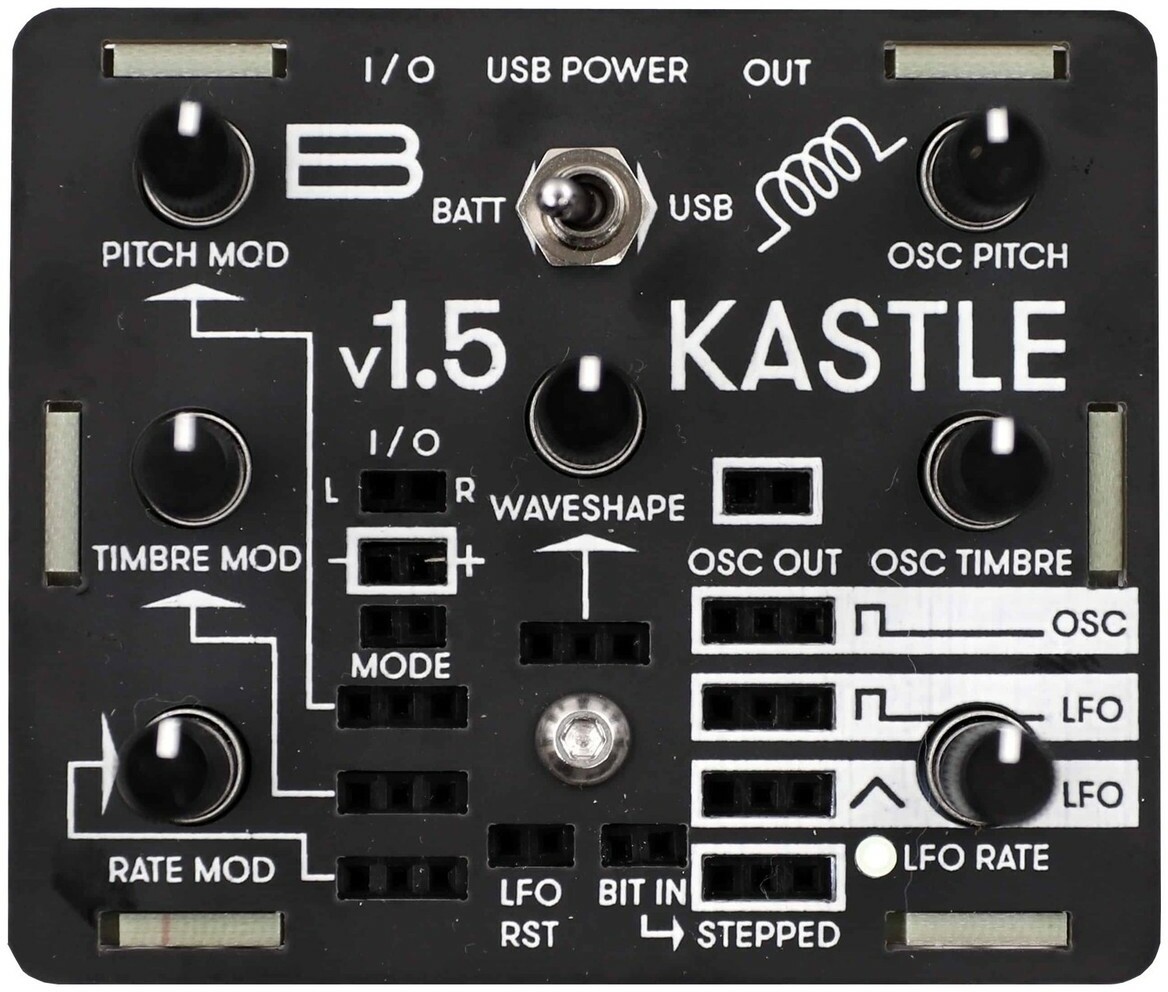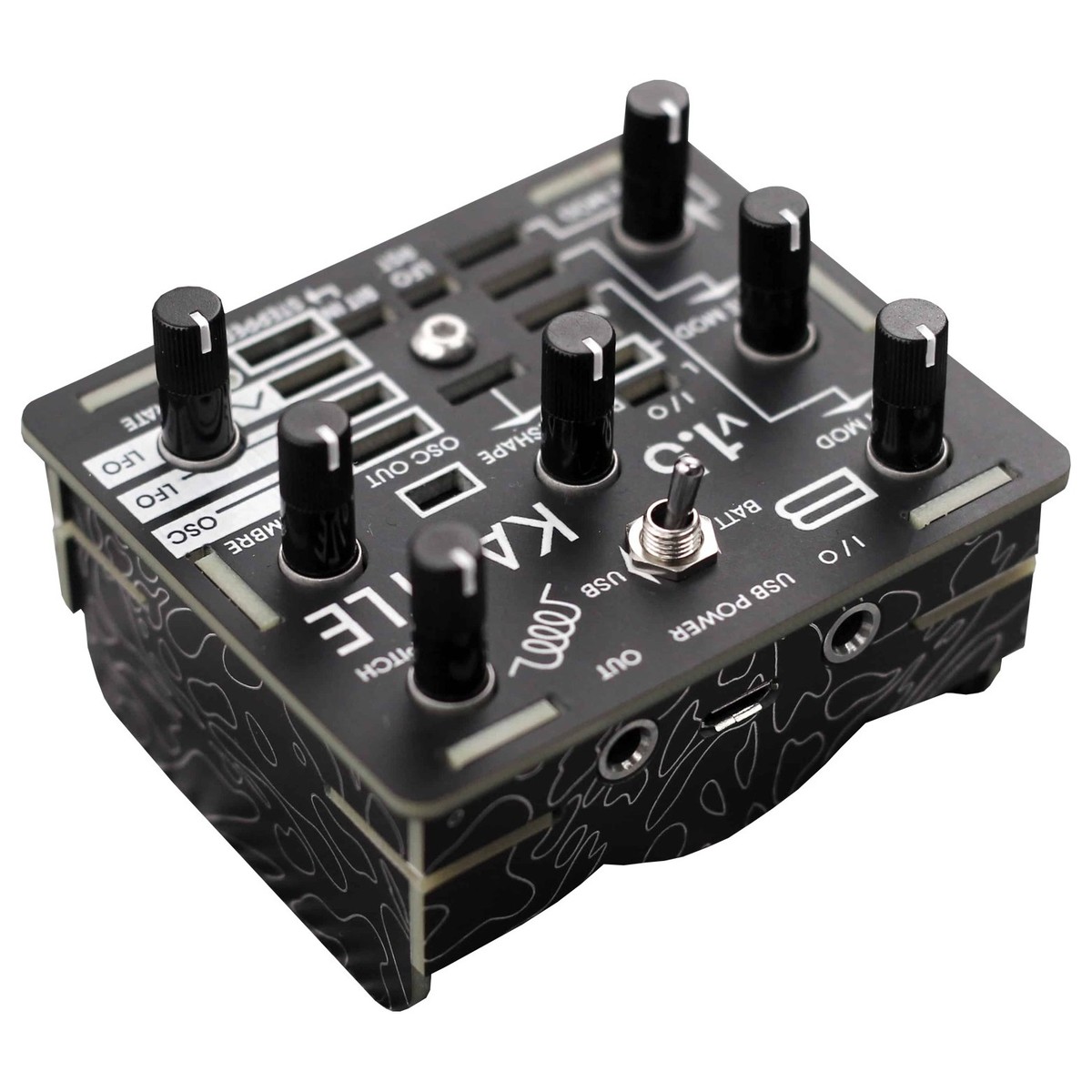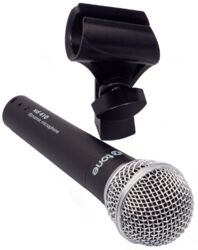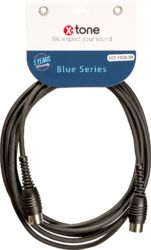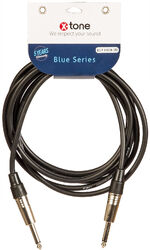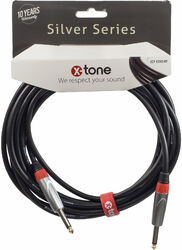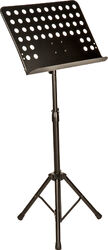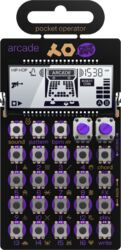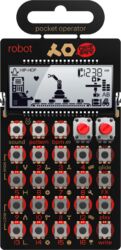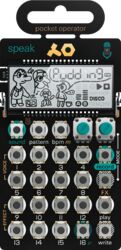Cesta
Bastl intruments Kastle V1.5
- Leer reseñas (2)
- Accesorios relacionados
- Productos similares
VIDEO
VIDEO
Este artículo ya no está disponible para la venta.
Agotado
preguntarnos
Stock en tienda
No disponible en tienda
La marca Bastl intruments
Conoce más sobre la marca Bastl intruments y descubre todo el catálogo.
La mayor red de tiendas de Francia
Encuentra toda la información sobre nuestras grandes superficies y nuestras boutiques especializadas.
Póngase en contacto con un experto
Nuestros teleconsultores músicos y entusiastas están aquí para responder todas sus preguntas.
Expander
Kastle is a mini modular synthesizer with a headphone output, 2 in/out ports for interfacing other gear and it runs on just 3 AA batteries. It is DIY friendly and ideal for beginners in modular synthesis, but it will add some quite unique functionality to any modular synthesizer system. It delivers the fun of modular synthesis at a low cost and fits into your pocket so you can play it everywhere!
It has a unique digital lo-fi sound and it can be melodic as well as very noisy and drony, soft or harsh. It is designed to be fun on its own but it is most powerful when combined with other modular gear.
Kastle is an open source DIY project which runs on two Attiny 85 chips that can be reprogrammed with an Arduino (google: “programming Attiny 85 with Arduino”). One chip is dedicated to sound generation while the other one handles modulation. Several firmwares for the Attiny chips are available thru gitHub.
The v1.5 version combines a complex oscillator and LFO with stepped waveform generator.
The oscillator section has 3 sound parameters: PITCH, TIMBRE and WAVESHAPE – all under voltage control and with 6 different synthesis modes. It has a main output and a secondary waveform output. Both can be used independently or in combination. The 3 synthesis modes available thru the main output are: phase modulation, noise mode and track & hold modulation.There are 3 more modes on the secondary OSC output: phase distortion, tonal noise mode and formant synthesis. Each mode utilizes one or two oscillators. The PITCH parameter controls the main oscillator, the TIMBRE sets the PITCH of the modulating oscillator and the WAVESHAPE depends on the synthesis mode.
The voltage controllable LFO has a triangle and square output and a reset input. The stepped waveform generator is inspired by the Rungler circuit by Rob Hordijk. It can produce 8 different voltages either in random order or in 8 or 16 step looping patterns depending on how the BIT IN is patched.
It has a unique digital lo-fi sound and it can be melodic as well as very noisy and drony, soft or harsh. It is designed to be fun on its own but it is most powerful when combined with other modular gear.
Kastle is an open source DIY project which runs on two Attiny 85 chips that can be reprogrammed with an Arduino (google: “programming Attiny 85 with Arduino”). One chip is dedicated to sound generation while the other one handles modulation. Several firmwares for the Attiny chips are available thru gitHub.
The v1.5 version combines a complex oscillator and LFO with stepped waveform generator.
The oscillator section has 3 sound parameters: PITCH, TIMBRE and WAVESHAPE – all under voltage control and with 6 different synthesis modes. It has a main output and a secondary waveform output. Both can be used independently or in combination. The 3 synthesis modes available thru the main output are: phase modulation, noise mode and track & hold modulation.There are 3 more modes on the secondary OSC output: phase distortion, tonal noise mode and formant synthesis. Each mode utilizes one or two oscillators. The PITCH parameter controls the main oscillator, the TIMBRE sets the PITCH of the modulating oscillator and the WAVESHAPE depends on the synthesis mode.
The voltage controllable LFO has a triangle and square output and a reset input. The stepped waveform generator is inspired by the Rungler circuit by Rob Hordijk. It can produce 8 different voltages either in random order or in 8 or 16 step looping patterns depending on how the BIT IN is patched.
Lire la suite
Ficha técnica
- Tipo de expansores Analógico
- complex oscillator
- 3 synthesis modes on the main output: phase modulation, noise mode, track & hold modulation
- 3 more modes on the secondary OSC output: phase distortion, tonal noise mode, formant synthesis
- PITCH control with offset and CV input with attenuator
- TIMBRE control with offset and CV input with attenuator
- WAVESHAPE control with offset and CV input
- voltage controllable LFO with triangle and square outputs and reset input
- stepped voltage generator with random, 8 step and 16 step loop mode
- 2 I/O CV ports that can be routed to any patch point
- the main output can drive headphones
- 3x AA battery operation or USB power selectable by a switch
- open source
- possibility of exchanging different LFO and OSC chips
- durable black & silver PCB enclosure
Más especificaciones
Menos especificaciones

